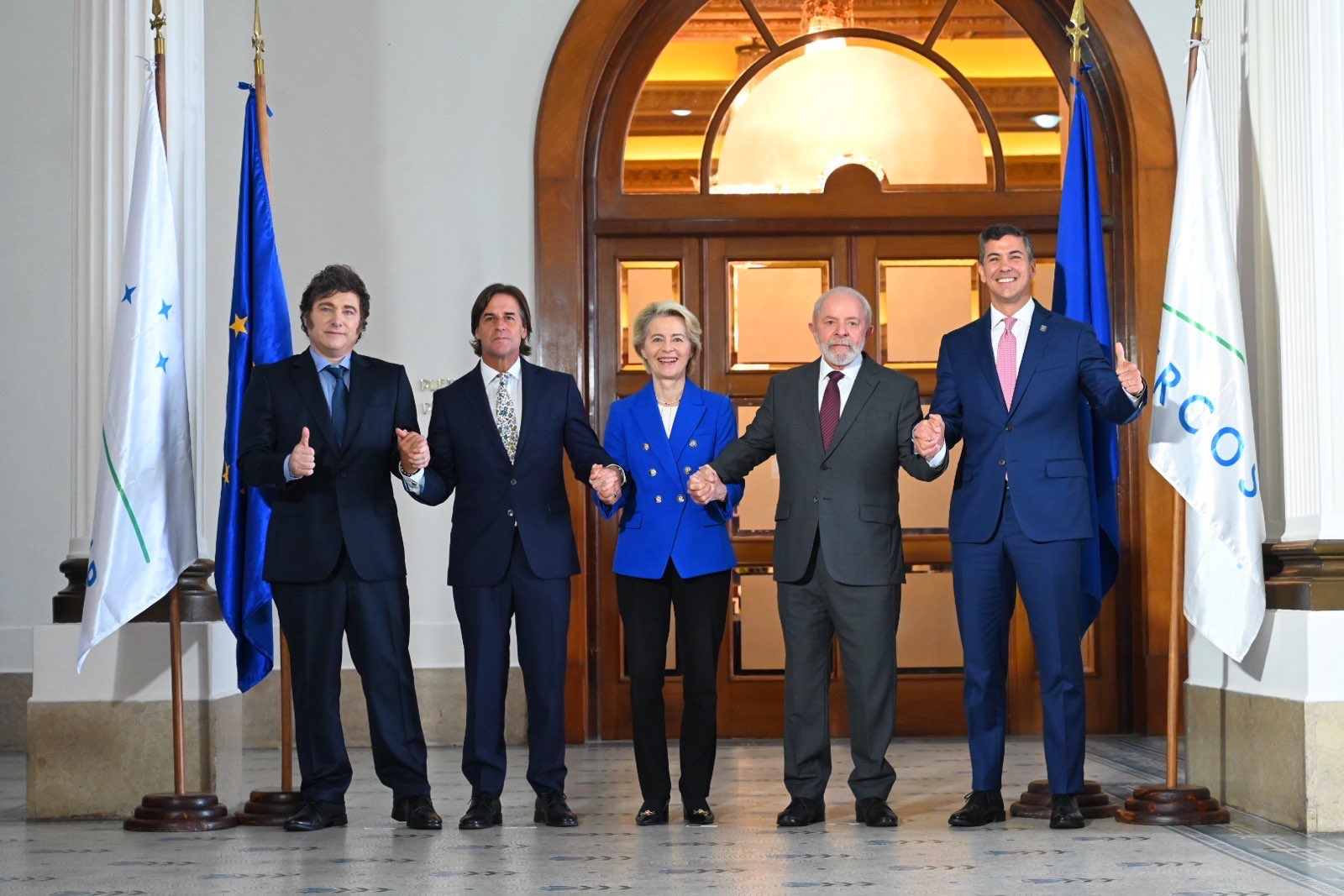As the North American Free Trade Agreement (NAFTA) entered its fifteenth year on January 1, the United States and Mexico eliminated remaining trade tariffs on agricultural goods. Although most tariffs were reduced when the agreement took effect in 1994, duties remained on certain products to soften changes brought with the pact.
The last of those protective measures expired New Years, when Washington removed tariffs on Mexican frozen concentrated orange juice, peanuts, sugar, and winter vegetables. Mexico, in turn eliminated duties on American products, including dry beans, milk powder, corn syrup, and—perhaps most significantly—corn. The change coincidentally took place just before the January 3 presidential caucus in Iowa, a corn belt state.
As the Los Angeles Times reports, most of the U.S. corn exported to Mexico is the yellow variety, used for corn syrup and to feed livestock while most Mexican-grown corn is the white kind used for tortillas. Still, the New Year’s tariff elimination sparked protests by Mexican farmers near the border.
Meanwhile, a program to allow Mexican truckers access American roads, sketched out in NAFTA negotiation, remains a point of contention. The U.S. Department of Transportation sought to push that portion of the deal along in September 2007 through a safety inspection program. The pilot project served as a means for a small number of approved Mexican companies to avoid the onerous task of transferring their goods to U.S. trucks near the border area. Before the end of 2007, Congress struck down funding for the creation of similar programs in the future. But the Bush administration will allow some 100 Mexican trucking companies approved under the September 2007 program to continue operating beyond the 25-mile commercial zone near the border.
Despite controversy over the agreement, the deal has been a boon for North American commerce. Under NAFTA, trade among the United States, Mexico, and Canada surged from $297 billion to $883 billion from 1993 to 2006, reports the Office of the U.S. Trade Representative. During the same period, U.S. agricultural exports to Mexico grew by $7.3 billion while agricultural imports rose by 6.7 million. Moreover, all three NAFTA member countries have experienced a drop in unemployment since 1994, as U.S. Secretary of Commerce Carlos M. Gutierrez noted recently during a speech at the Baker Institute for Public Policy.
Yet, if presidential candidates make good on their campaign promises, NAFTA could be headed for changes. While on the Iowa campaign circuit, the leading contenders for the Democratic presidential nomination—Senators Hillary Rodham Clinton (D-NY), Barack Obama (D-N.C.), and former Senator John Edwards—each suggested that, if elected, they would reform NAFTA. Some Republican candidates have also hinted at reform for the pact that created the world’s largest trading bloc. A Washington Post editorial describes candidates' claims that NAFTA leads to job losses or social inequality as "far-fetched."








